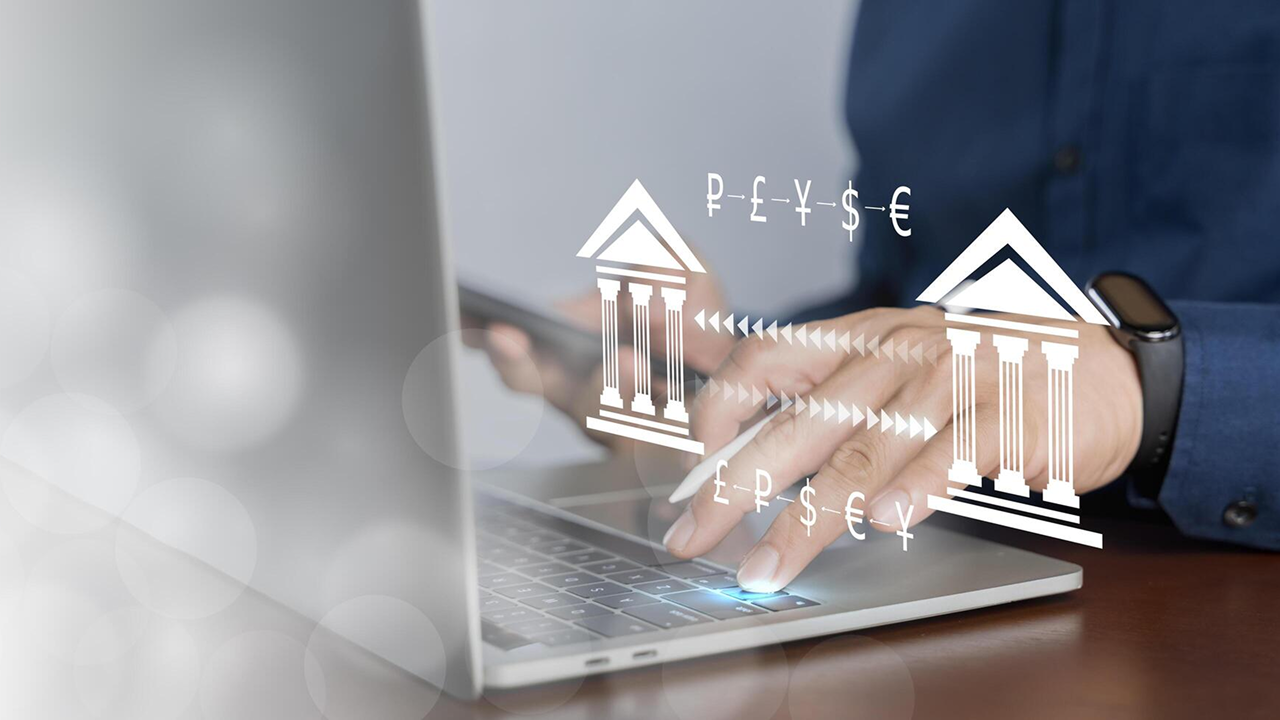
By Sophie Owens May 30, 2025
Online shopping has become second nature to consumers, but the convenience also comes with risks. Payment fraud is a growing concern for e-commerce businesses of all sizes. As digital transactions increase, so do the methods used by cybercriminals to exploit weak links. For store owners, protecting customer data and ensuring secure payments is essential to building trust and preventing financial loss.
The Importance of Payment Security in E-Commerce
A secure payment system is the backbone of any online store. Without it, customer trust breaks down, transactions fail, and the business suffers.
Payment security refers to the measures and technologies used to protect sensitive customer information during and after a transaction. This includes card details, addresses, and personal identity data.
Why Security Is a Must-Have for E-Commerce
When customers shop online, they share personal information with the expectation that it will be handled securely. If a data breach occurs, the impact can be devastating. Not only does it expose customer data, but it also harms the store’s reputation, leads to chargebacks, and may result in legal penalties.
According to industry reports, billions are lost each year due to fraud in online retail. This makes payment security not just a feature but a fundamental responsibility.
The Link Between Trust and Secure Transactions
Trust is key in e-commerce. A secure and smooth checkout process increases customer confidence and boosts conversion rates. Features like SSL encryption, payment badges, and secure gateways reassure customers that their information is in good hands.
On the flip side, unclear or outdated payment practices can raise red flags and drive potential buyers away. Security is part of the user experience, and getting it right makes a noticeable difference.
Common Types of Payment Fraud in E-Commerce
Understanding the types of fraud that can affect your store is the first step toward prevention. Cybercriminals use various tactics to manipulate online systems and steal money or information.
Each method poses different challenges and requires different tools to counter.
Credit Card Fraud
This is the most common form of payment fraud. Stolen card details are used to make unauthorized purchases. These often lead to chargebacks, leaving the store owner without the product and the money.
Credit card fraud may involve manual entry or automated bots testing stolen numbers on vulnerable checkout pages.
Account Takeover
In this scenario, fraudsters gain access to a customer’s account using stolen credentials. Once in, they can change the shipping address, place orders, or harvest additional personal data.
These types of attacks are difficult to detect because they use legitimate login credentials, making it essential to use behavioral monitoring and multi-step authentication.
Phishing and Social Engineering
Phishing scams trick customers or employees into revealing payment information through fake websites, emails, or messages. These tactics often target weak points in customer service or outdated login systems.
Phishing can happen both to store owners and their buyers, making education and system alerts critical to detection and prevention.
Building a Secure Checkout Experience

The checkout page is where most payment-related risks occur. A secure checkout doesn’t just involve having a lock icon or a secure domain. It involves protecting every data point shared during the process.
Here’s how store owners can build a checkout experience that guards against fraud.
Use SSL Certificates
An SSL (Secure Sockets Layer) certificate encrypts the data shared between your website and the user’s browser. It ensures that all payment details are transferred securely. Customers can recognize this by the “https” prefix in your URL, which also contributes to better search rankings.
Having SSL is considered a minimum requirement for any modern e-commerce website.
Work with Trusted Payment Gateways
Using a well-known and PCI-compliant payment gateway is another layer of protection. These platforms offer built-in security features such as tokenization, fraud filters, and two-factor authentication.
Gateway providers like Stripe, PayPal, and Square actively monitor for suspicious activity and provide tools to respond quickly to fraud attempts.
Avoid Storing Sensitive Data
While it might seem convenient to store customer card details for recurring orders, doing so introduces significant risk unless you meet strict PCI-DSS standards.
Instead of storing card information yourself, let the payment processor handle it securely through tokenization. This replaces sensitive data with a non-sensitive equivalent that can’t be used outside the system.
Key Fraud Prevention Tools and Techniques
Securing your e-commerce store goes beyond setting up a secure payment page. It requires active monitoring and advanced tools that adapt to new threats.
Below are some of the most effective tools and strategies for preventing fraud.
Address Verification System (AVS)
AVS checks whether the billing address provided by the customer matches the one associated with the card. This is a simple yet powerful way to detect and block unauthorized purchases.
AVS is available through most major gateways and can be set to flag or block mismatched transactions.
Card Verification Value (CVV)
Requiring the CVV code on the back of a credit card adds an extra layer of security. It ensures that the person making the purchase physically has the card in their possession.
This method helps prevent fraud from stolen card numbers that were acquired online or through data breaches.
3D Secure Authentication
3D Secure is a protocol developed by Visa and Mastercard that adds an additional step during checkout. Customers must enter a one-time password or complete an identity verification step before the transaction goes through.
While it adds a few seconds to the checkout time, it significantly reduces fraudulent charges and protects the merchant from chargebacks.
Best Practices for E-Commerce Store Owners
Security should be an ongoing process, not a one-time setup. The more proactive you are, the harder it becomes for fraudsters to exploit your platform.
Here are some best practices to follow consistently.
Regular Security Audits
Schedule regular audits to review your website for vulnerabilities. Look for outdated plug-ins, weak passwords, and insecure APIs. Use vulnerability scanners and penetration tests to identify potential risks before hackers do.
These audits can be performed internally or with the help of cybersecurity professionals.
Keep Software and Plugins Updated
E-commerce platforms like Shopify, WooCommerce, and Magento regularly release updates to fix bugs and patch security holes. Keeping your software up to date helps close the doors on known exploits.
Neglecting updates leaves you vulnerable to attacks that have already been publicly documented and are easily replicated.
Train Your Team and Customers
Your staff should be trained to recognize suspicious activity, phishing attempts, and best practices for handling customer data. At the same time, educate your customers with simple prompts and alerts about safe shopping behaviors.
Simple warnings about checking for secure URLs or avoiding sharing passwords can go a long way in reducing user-side risks.
How to Respond to Fraud When It Happens
Even with the best tools, no system is completely immune. Knowing how to respond quickly and effectively when fraud occurs is critical to limiting damage.
Set Up Real-Time Alerts
Many payment processors allow you to receive alerts for high-risk transactions or changes in buying patterns. These alerts help you spot and stop fraud before it escalates.
Look for signs like rapid-fire purchases, multiple failed attempts, or unusual locations.
Have a Chargeback Management Plan
Chargebacks are not only costly but also harm your merchant reputation. If your chargeback rate exceeds certain thresholds, you may be penalized by your payment processor.
Create a process for investigating disputes, collecting evidence, and responding to chargebacks promptly. Some tools and services can automate parts of this process to save time.
Freeze Suspicious Activity Quickly

If you detect unusual behavior in a customer account or transaction, freeze it immediately and investigate. Delays in response can allow fraudsters to complete multiple orders before detection.
Having a quick reaction protocol helps minimize financial losses and reassures customers that their data is protected.
Conclusion
Payment security is not a luxury for e-commerce businesses. It’s a requirement for maintaining trust, complying with legal standards, and preventing costly losses. As cyber threats grow more sophisticated, store owners must stay ahead by using modern tools and adopting a mindset of continuous protection.
From secure gateways and SSL certificates to fraud detection systems and employee training, every layer of security plays a role. By understanding the risks and investing in the right prevention strategies, you can provide your customers with a safe, seamless shopping experience.
Remember, the goal is not just to stop fraud but to build a trustworthy brand that customers return to again and again. In a competitive digital marketplace, that kind of security is priceless.